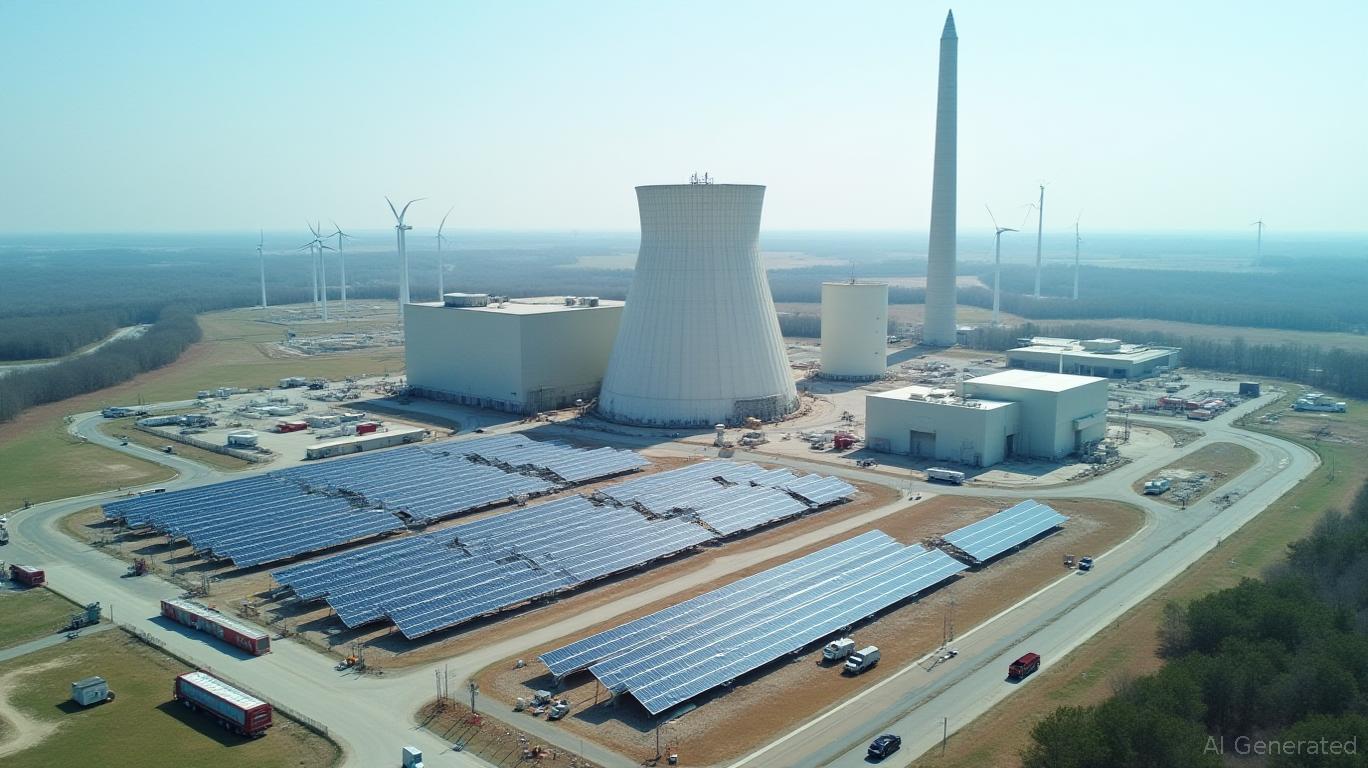Navigating Economic Storms: 5 Strategies to Identify Resilient Stocks in a Recessionary Climate
As global markets brace for potential economic turbulence, investors are increasingly focused on preserving capital while seeking opportunities in uncertain times. The key to thriving amid recession fears lies not in timing the market but in identifying companies with the structural resilience to outperform during downturns. Below are five actionable strategies to uncover safer stocks, supported by historical patterns and fundamental analysis.
1. Prioritize Defensive Sectors
Recessions often favor industries that provide essential goods or services, regardless of economic cycles. Healthcare, utilities, and consumer staples historically outperform during downturns because demand for medications, electricity, and household basics remains stable.

For instance, during the 2008 crisis, XLP fell 18%—less than the S&P 500’s 38% decline—while XLU dropped just 12%. These sectors offer ballast in portfolios, but investors must still avoid overpaying.
2. Seek Dividend Stability
Companies with long histories of raising dividends often signal strong cash flow and management discipline. The Dividend Aristocrats (S&P 500 companies with 25+ years of consecutive dividend increases) have historically outperformed during recessions while providing income.
PG and KO’s dividends grew steadily during the 2020 crisis, while their stock prices recovered faster than the broader market. However, investors should avoid companies with payout ratios exceeding 70% to prevent dividend cuts.
3. Scrutinize Balance Sheets
High debt levels can amplify risks during economic slowdowns. Look for firms with low leverage, strong liquidity, and consistent free cash flow. A debt-to-equity ratio below 0.5 and cash reserves exceeding short-term liabilities are red flags for safety.

Apple’s debt-to-equity ratio of 0.2 (as of Q2 2023) contrasts sharply with companies like Tesla (TSLA), which carries a ratio of 2.8. While tech may face near-term headwinds, Apple’s fortress balance sheet provides a margin of safety.
4. Favor Undervalued, High-Quality Companies
Recessions often compress valuation multiples, creating opportunities in high-quality firms trading below historical averages. Target stocks with P/E ratios below their 5-year averages and robust return on equity (ROE).

As of mid-2023, JNJ traded at a 15% discount to its 10-year average P/E, offering a potential entry point for long-term holders. However, avoid cyclical stocks like Caterpillar (CAT) trading at premiums, as construction demand may falter in a slowdown.
5. Invest in Secular Growth Themes
Not all growth is created equal. Focus on industries benefiting from long-term trends, such as renewable energy, healthcare innovation, or automation, which can thrive even during recessions.
NEE’s revenue grew at a 9% CAGR from 2018–2022, outpacing the S&P 500’s 6%. Similarly, UNH’s healthcare dominance and defensive nature make it a recession-resistant growth play.
Conclusion: Prudence Pays Off
History shows that following these strategies can reduce downside risk and uncover hidden opportunities. Defensive sectors, dividend stalwarts, balance-sheet strength, value discipline, and secular trends have historically shielded portfolios during recessions.
During the 2008–2009 recession, a mix of defensive stocks, dividend aristocrats, and low-debt firms lost just 12%, versus the S&P 500’s 37% decline. As 2023 volatility persists, investors who focus on resilience—not speculation—will position themselves to weather the storm and capitalize on eventual recoveries.
In uncertain times, safety isn’t about avoiding risk—it’s about understanding it.


_442a2dcc1749832873286.jpeg)
_e68fac6d1749831664430.jpeg)






